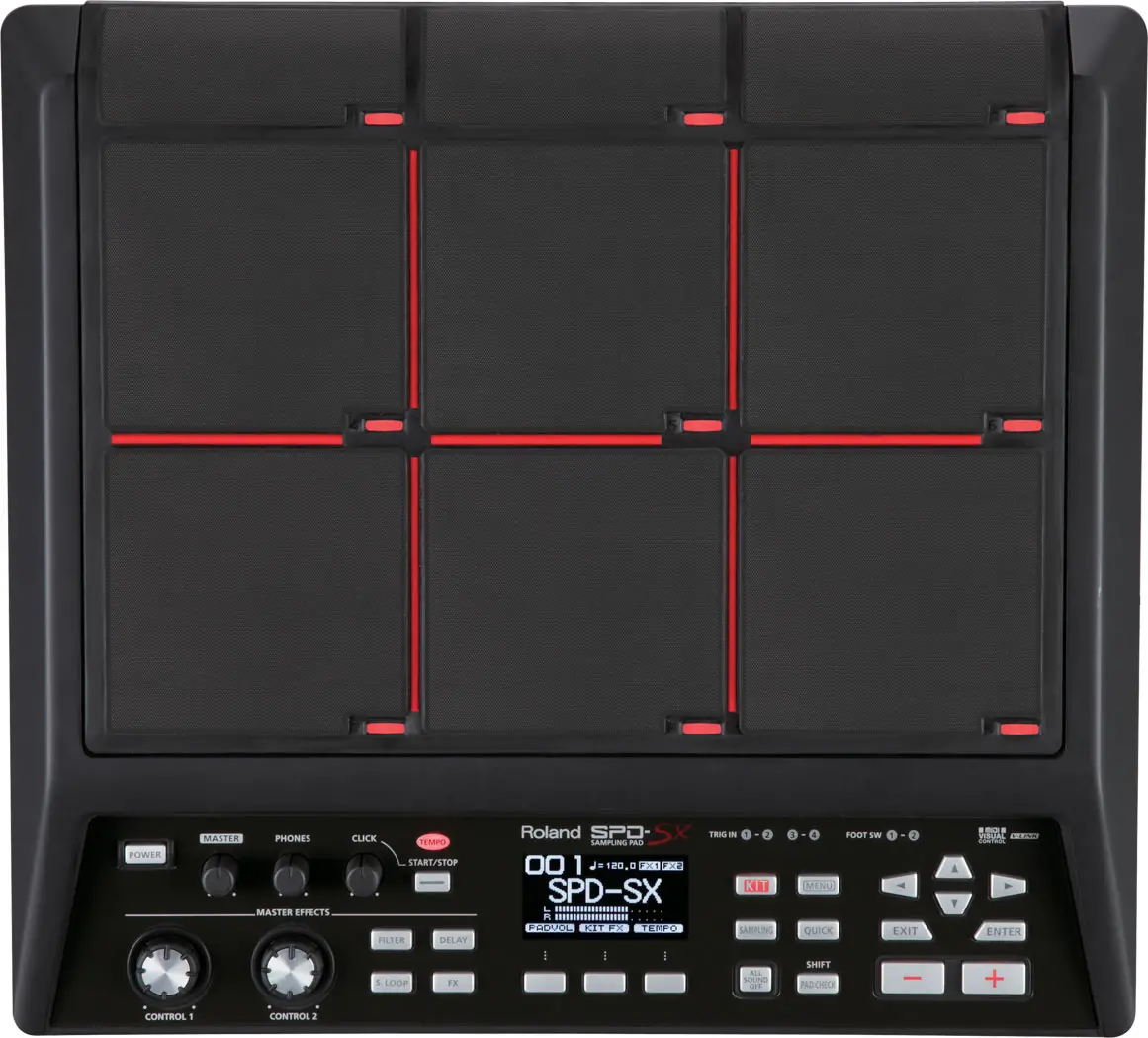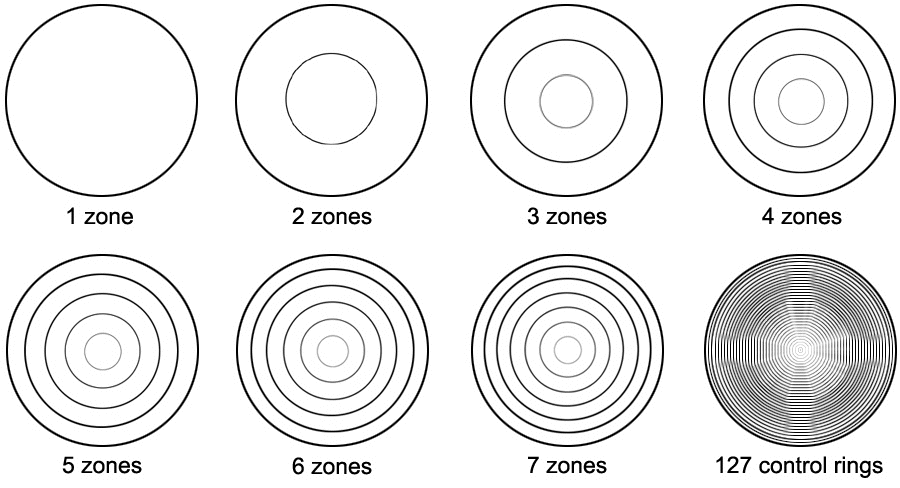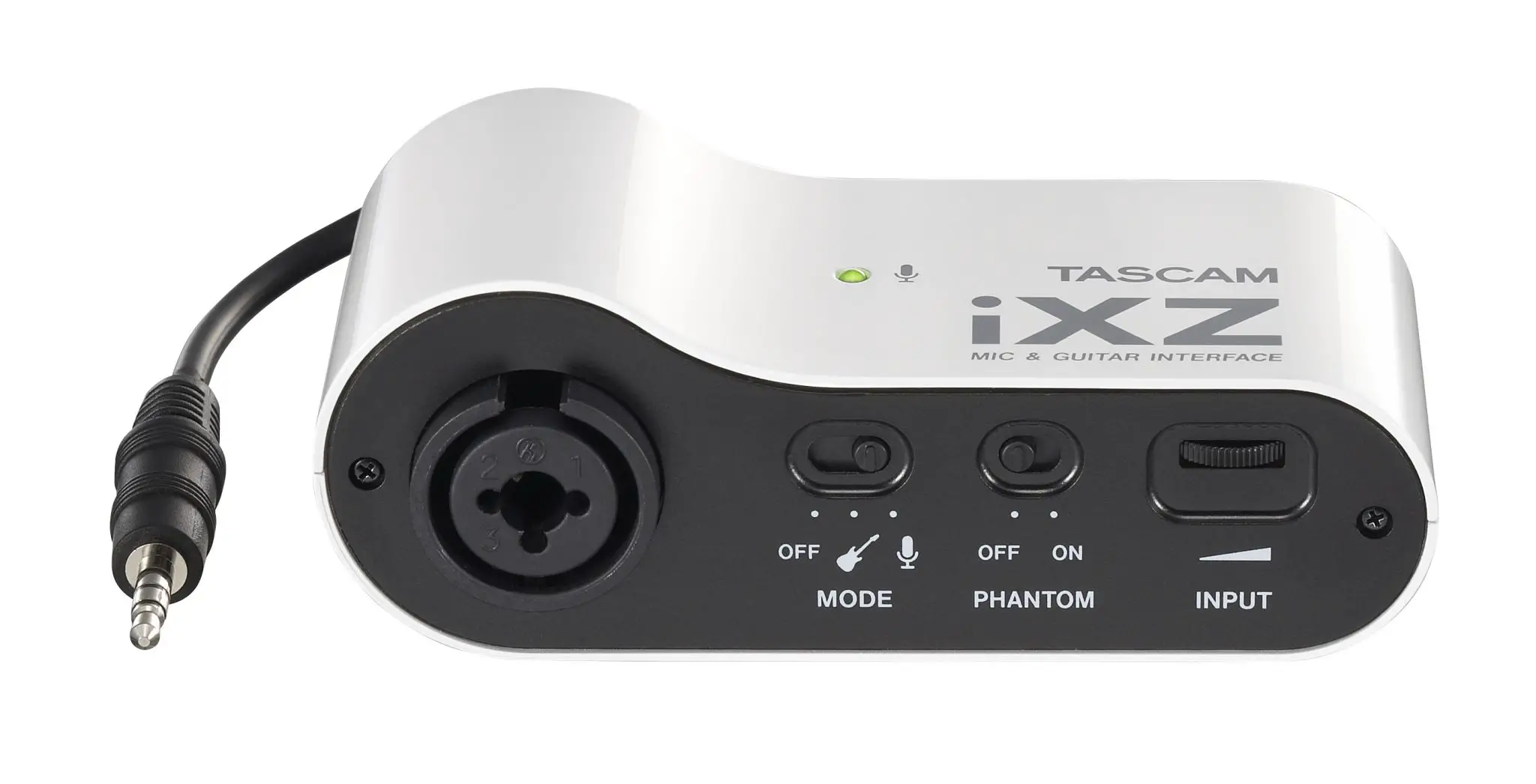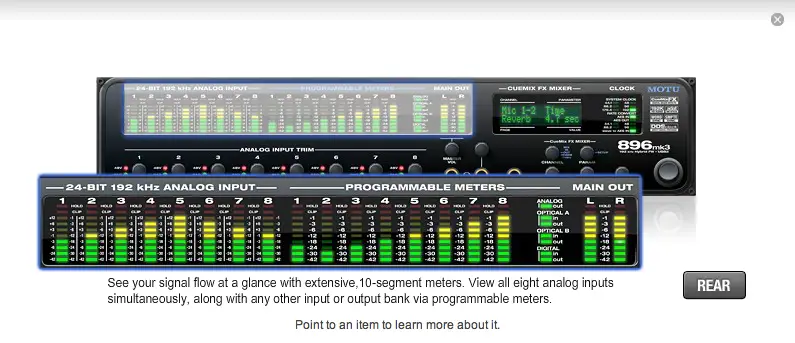It’s the age-old rivalry — piano versus guitar. Throw synth keyboard players into the mix, attempting guitar-esque sounds, and you’re sure to be met with looks of disdain from guitar purists.
While most pianists would never dare to suggest they could emulate the nuances of a guitar via the keyboard, there is certainly scope for additional ways of affecting played notes through manipulation of the keys.
Synth and keyboard players may be unfazed by this concept, swamped with instruments featuring key aftertouch, modulation wheels, foot pedal control, breath control, and so on, but what of the piano?
Researchers at Queen Mary University in London have been experimenting with adding touchscreen technology to the piano keyboard, allowing a pianist to alter the note after the key is struck depending on finger movement.
Each key contains 26 sensors which detects finger motion and pressure and fairly intuitively translates that into a change in sound. Wiggling the finger produces a vibrato effect, while sliding the finger up or down the key raises or lowers the pitch. Software is employed to control the sound and prevent inadvertent triggering of sounds.
The system can be fitted to any standard sized keyboard, be that acoustic or digital. If it’s fitted to an acoustic piano then that piano becomes the controller — that is, there’s no manipulation of the piano strings themselves; that would likely be wholly impractical, expensive and potentially dangerous given the string tensions involved.
The main features of the system are:
- High-resolution position measurement with over 1500 points of resolution in the long axis, 256 points in the narrow axis. That’s sub-millimeter accuracy!
- XY position on every key, including the black keys. (The narrow part of the white keys senses on the long axis only.)
- Contact area measurement distinguishes the tip and the pad of the finger, and can indicate finger pressure in some circumstances.
- Up to 3 touches per key allows new multi-finger techniques on the keyboard.
- 200Hz sample rate makes for a natural, low-latency interaction.
- Configurable keyboard size: the sensors can install on anything from a 2-octave portable keyboard to a 97-key Boesendorfer Imperial Grand piano. Choose the keyboard with the action and features you want.
- OSC and MIDI support for a wide range of mappings from touch data to sound.
The TouchKeys project is looking for funding to bring the idea to market. Find out more on the Augmented Instruments Laboratory web site. Below is a video of the system in action.
Via Big Think



